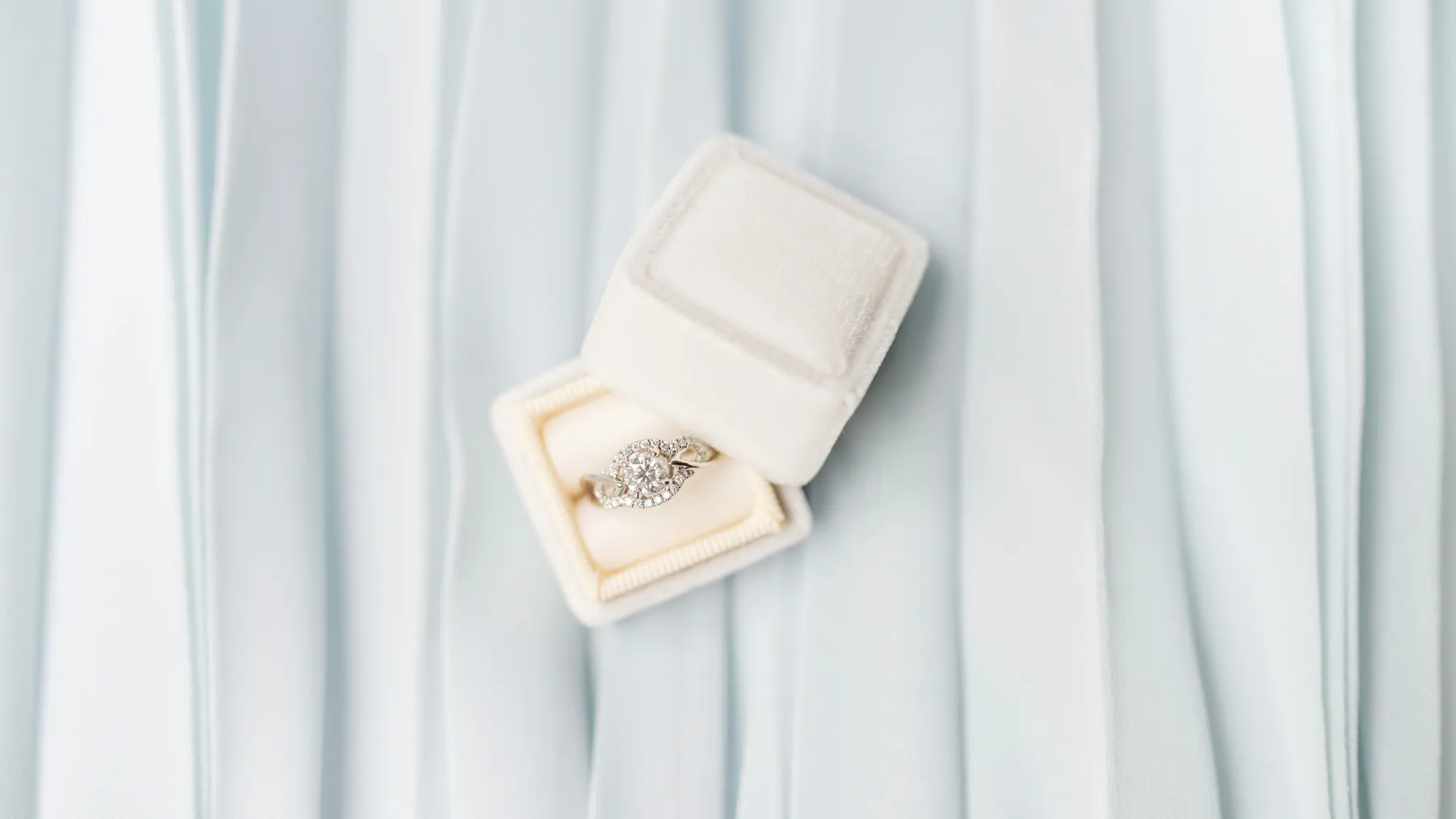
Custom Jewelry Packaging vs. Off-the-Shelf Solutions: Unveiling Branding Potential
2024-10-10
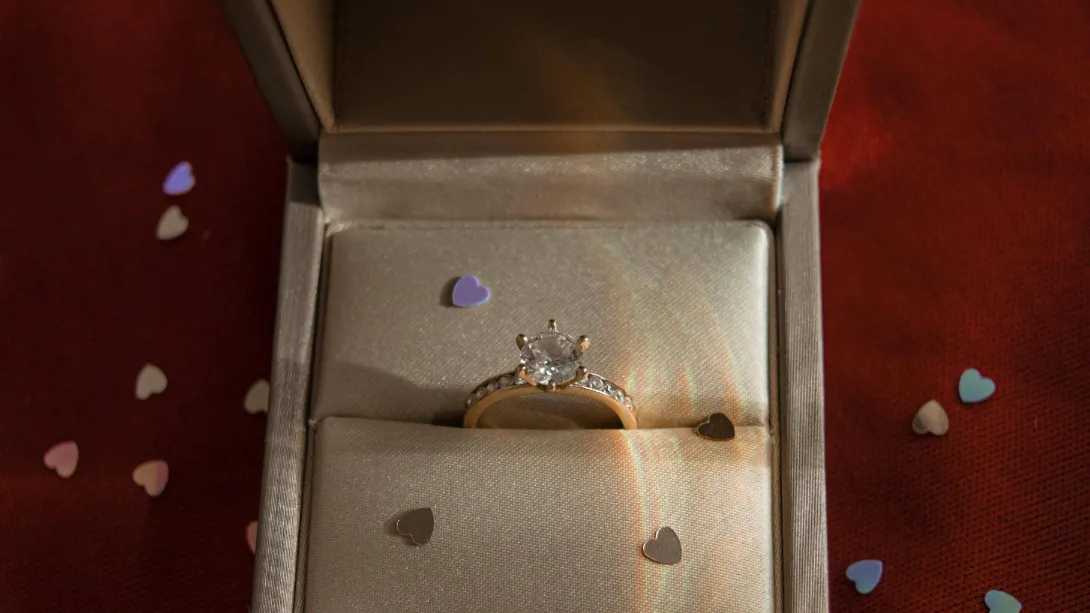
Custom jewelry packaging isn’t just making your jewelry look good. It focuses on creating the perfect mix of materials, designs, and techniques that truly represent your brand and meet your customers’ expectations. Understanding the key terms and techniques in custom packaging is crucial for any jewelry seller or brand manager. It helps you design better packaging and ensures smooth communication with suppliers, resulting in packaging that’s both practical and beautiful.
Before we dive into the glossary of common techniques and materials used in custom jewelry packaging, it’s important to have a basic understanding of the customization process. Whether you’re new to custom packaging or just need a refresher, this guide will walk you through the key steps to creating custom jewelry packaging that enhances your brand. And if you have any questions along the way, the Richpack support team is always here to help.
Now that we’ve covered the key steps in the custom jewelry packaging process, it’s time to discover the specific customization techniques that can make your packaging truly stand out. From printing methods to engraving and embossing, these techniques allow you to tailor your packaging to reflect your brand’s unique identity.
The design phase is where your custom packaging begins. If you already have a design team, you’ll be responsible for creating a concept that matches your brand’s identity, selecting materials, colors, and customization techniques. You’ll then provide your supplier with detailed specifications to ensure the packaging aligns with your vision.
If you have no idea about how to design, you can turn to ODM suppliers who offer design services. Collaborate with their team to find the right packaging, meeting both your needs and budget. For those who lack of expert understanding of materials and trends, this can be a hassle-free and helpful approach.
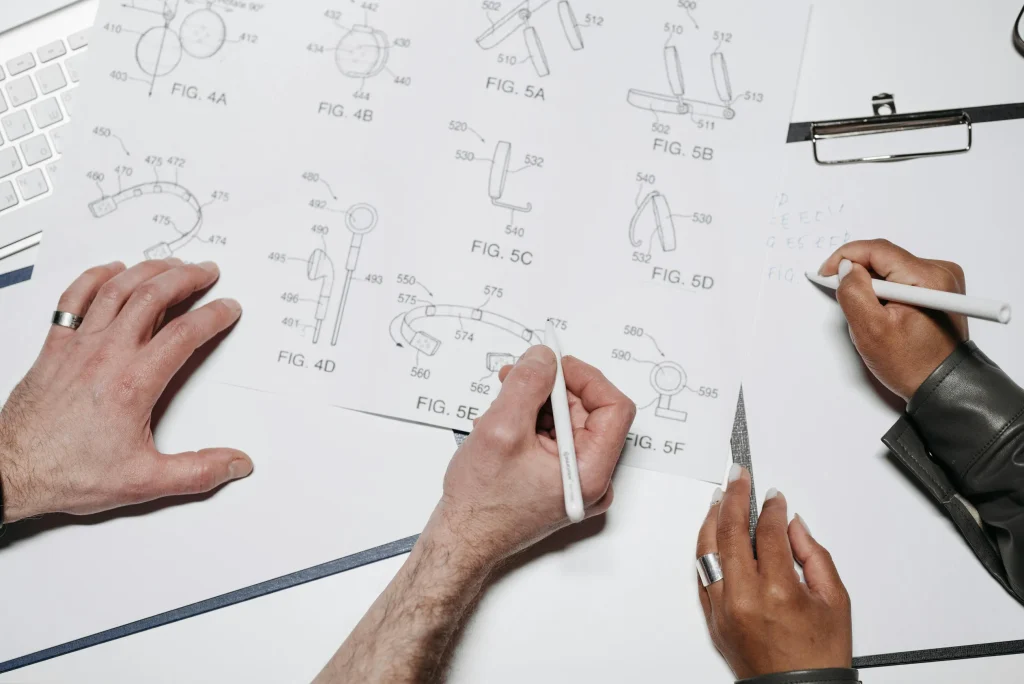
Prototyping is a key step in custom packaging because it gives you the chance to create physical samples before diving into mass production. This phase enables you to see the design in real life, making sure it aligns with your brand’s aesthetic goals while also being practical.
During this stage, you can test how well the packaging protects your jewelry during shipping, how easy it is to open, and whether it holds up to everyday use. If any issues come up, you can make adjustments before moving into full-scale production, saving both time and money in the long run.
Once your design and prototypes are set, production kicks off. This stage involves printing, cutting, and assembling your packaging based on the approved specifications. The timeline for production can vary depending on the complexity of your design and the materials you’ve chosen. More intricate designs or unique materials might take extra time and require careful handling.
Quality control is a crucial part of the process. Every batch goes through detailed inspections to make sure your packaging meets high standards for consistency and durability. Regular checks are done throughout production to catch any potential issues early, ensuring that every piece of packaging truly reflects your brand’s quality and attention to detail.
Customization allows you to tailor your packaging to reflect your brand’s unique identity. Whether you’re adding logos, textures, or decorative touches, each technique can make your packaging stand out. Below, we explore some of the most frequently used methods in the industry.
Printing is one of the most versatile ways to customize packaging. It offers a wide range of options to showcase your brand’s logo, colors, and designs. There are several methods to choose from, each with its advantages.
Digital printing is ideal for small batches and custom designs. It offers flexibility in design and allows for quick turnaround times. You can print vibrant colors, and delicate details, and even personalize each package with unique customer information. However, digital printing can be more expensive for large runs compared to traditional methods. It’s perfect for brands that need limited edition or personalized packaging.
Screen printing, also known as silk screening, is a classic technique that uses stencils to apply ink to packaging. It’s especially great for bold, vibrant colors and is often used on fabric bags or cardboard boxes. One of the biggest benefits of screen printing is that it’s cost-effective for large production runs.
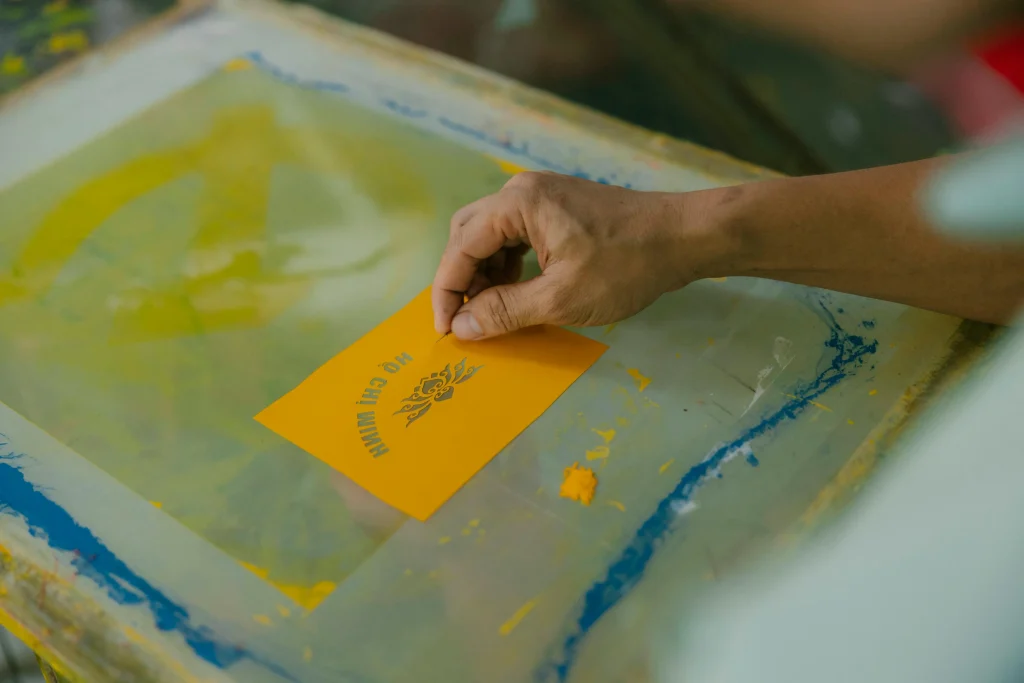
Screen printing remains one of the most popular methods in the packaging industry, making up over 20% of the market due to its affordability and efficiency in mass production. That said, it’s not always the best choice for intricate designs, and it can take longer to set up compared to digital printing. However, the results are durable and long-lasting, which makes screen printing a go-to option for packaging that needs to stand the test of time.
Hot stamping adds an extra touch of luxury to packaging by applying metallic foils, like gold or silver, to the surface. This technique is often used for logos or decorative accents on high-end jewelry boxes, giving them that premium look and feel. For instance, luxury brands like Dior and Chanel frequently use hot stamping on their limited-edition jewelry packaging to enhance the sense of sophistication and exclusivity.
The metallic foil elevates the brand’s image by highlighting intricate details with a sleek, high-gloss finish. While hot stamping can be a bit more expensive and is typically best for smaller areas due to the heat-press process, the impact it has on branding and perception makes it a worthwhile investment for high-end products.
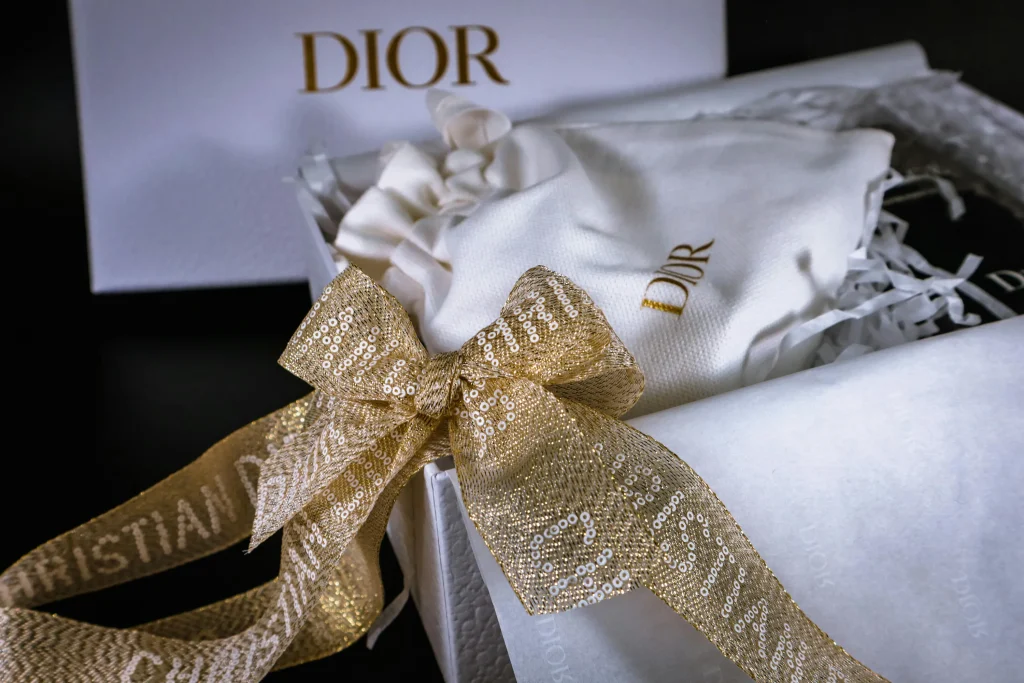
While printing techniques focus on creating visual impact, engraving and embossing take customization to the next level by adding a tactile element that enhances the unboxing experience. By incorporating texture and depth, these techniques can elevate the overall presentation of your jewelry, making the unboxing moment even more memorable and special.
Laser engraving uses a focused laser beam to etch designs onto surfaces like metal, wood, or acrylic. This method creates precise and detailed engravings, making it ideal for high-end packaging that requires a personalized touch. For instance, brands like Tiffany & Co. use laser engraving to etch intricate details onto their jewelry packaging, which not only enhances the luxury appeal but also reinforces their branding through tactile experiences.
Laser engraving offers a permanent and refined look, but it can be more expensive depending on the material and design complexity.
Embossing raises parts of the material to create a 3D effect, while debossing presses the design into the material for a recessed look. Both techniques add texture and make your packaging feel more luxurious. These methods work well on cardboard, leather, or fabric, adding sophistication to the packaging. However, the setup costs can be high, especially for custom dies, making it less suitable for short runs.
Customization techniques are essential for creating unique designs, but the materials you choose are equally important. Your packaging material not only affects the look and feel but also influences the sustainability, cost, and durability of the final product. From printing to embroidery, there are several ways to customize fabric packaging to suit your brand’s style. Let’s explore the possibilities.
Fabric printing includes several methods:
Embroidery brings a handcrafted, elegant touch to fabric packaging, making it a popular choice for luxury brands. For instance, Pandora uses embroidered velvet pouches for some of their special edition jewelry pieces. The fine stitching brings a sophisticated detail that elevates the overall feel of the packaging.
While embroidery is more labor-intensive and time-consuming compared to printing techniques—potentially raising costs for larger orders—it’s a fantastic choice for brands wanting to infuse their packaging with a sense of luxury and craftsmanship.
Sequin decorations involve adding shiny embellishments to fabric, making your packaging sparkle and stand out. It’s perfect for festive or celebratory packaging, like the New Year festival or Valentine’s Day. Due to the intricate nature of the process, it may add extra production time and cost.
Choosing the right materials is just as important as selecting the right customization techniques. The materials you decide on not only influence the look and feel of your packaging but also play a crucial role in sustainability and cost-effectiveness. Depending on your brand’s priorities—whether it’s luxury, eco-friendliness, or durability—the choice of materials can significantly impact the final product.
Below are some popular materials used in the industry, each offering its own set of benefits and trade-offs.
Traditional materials are versatile and offer various design possibilities, from simple to luxurious.
Cardboard and paper are the most commonly used materials for jewelry packaging. They’re affordable, recyclable, and easy to customize. You can choose from different types like:
Specialty Paper: Adds texture and uniqueness to the packaging, often used for luxury brands.
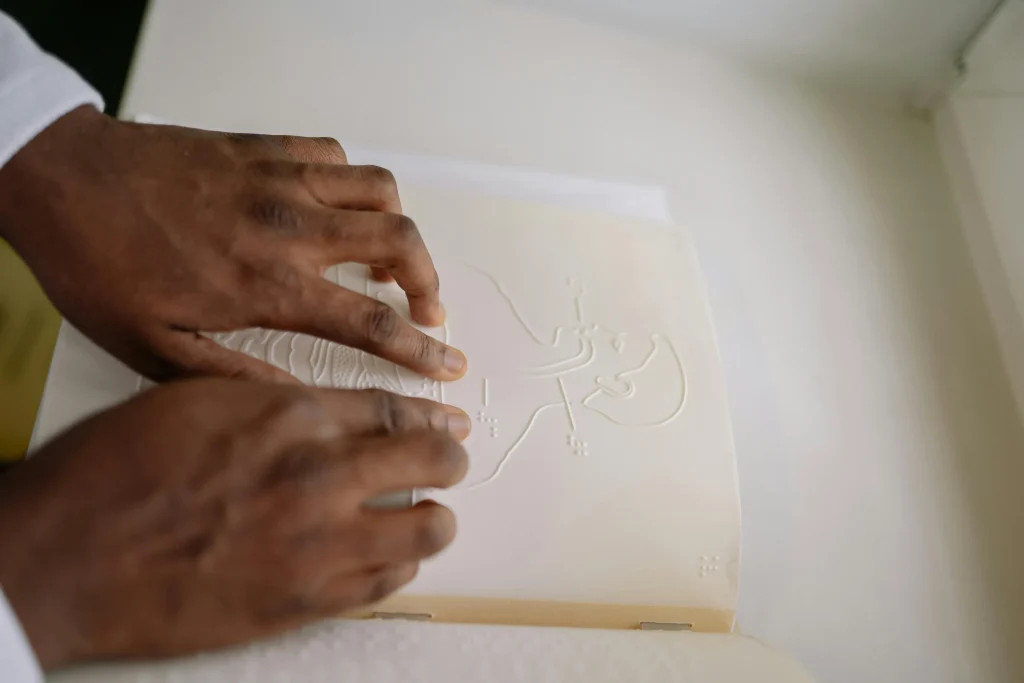
Plastic and metal packaging offer durability and a modern aesthetic. Plastic can be molded into various shapes and used for clear display boxes, but it’s less environmentally friendly. Metal, on the other hand, provides a sleek and high-end look, often used for special edition packaging or luxury items. Both materials are durable but may have higher production costs and less flexibility in design.
While traditional materials offer versatility and a range of design possibilities, many brands are shifting towards eco-friendly alternatives as sustainability becomes a top priority. Take Patagonia, for example—they’re well-known for using recycled and biodegradable materials in their packaging, which not only helps reduce environmental impact but also reinforces their commitment to sustainability. This approach resonates with eco-conscious consumers, boosting both brand loyalty and differentiation.
A recent sustainability report found that 70% of consumers are more likely to buy from brands that use eco-friendly packaging. Plus, the global market for sustainable packaging is expected to hit $200 billion by 2025. Whether you’re aiming to reduce waste or lower your carbon footprint, choosing eco-friendly materials allows you to contribute to a greener future without sacrificing style or functionality. Below are some common eco-friendly options to consider for your custom jewelry packaging.
Recycled materials, such as post-consumer paper or plastic, are popular for brands that want to reduce their environmental impact. They can still offer the same level of customization and durability as traditional materials but with a lower carbon footprint.
Biodegradable materials, such as plant-based plastics or natural fibers, break down naturally over time, reducing waste. These materials are ideal for brands that prioritize sustainability. However, they may be more expensive and less durable than traditional options. It’s important to balance eco-friendliness with practicality when choosing biodegradable materials.
As a custom jewelry packaging supplier, how can we solve your problems, and what services we offer?
At Richpack, we focus on creating custom jewelry packaging that truly reflects your brand’s unique style. We offer a wide variety of materials and design options, whether you’re after eco-friendly solutions or something with a luxurious finish. From simple cardboard boxes to elegant velvet pouches, we’ve got the perfect packaging solution to fit your needs.
We offer both OEM (Original Equipment Manufacturer) and ODM (Original Design Manufacturer) services, so whether you have an existing design that needs to be brought to life or you want to create something entirely new, we’ve got you covered. Our team works closely with you every step of the way to make sure your packaging perfectly aligns with your vision.
At Richpack, we provide an end-to-end service, taking care of everything from the initial design concept to the final production. This seamless process ensures your packaging isn’t just beautiful, but also functional and sustainable. Ready to get started? Check out our eco-friendly options and paper packaging solutions to see how we can help your brand stand out.
With a basic understanding of custom jewelry packaging terms, you’ll be able to communicate more effectively with suppliers and make smarter decisions when it comes to choosing printing techniques or eco-friendly materials. We hope this guide helps you create packaging that’s both eye-catching and practical.
At Richpack, we’re committed to providing one-stop custom solutions, handling everything from design to production. Let us support you through every step of your brand’s journey. Feel free to reach out to us to discuss industry trends and explore new techniques together.
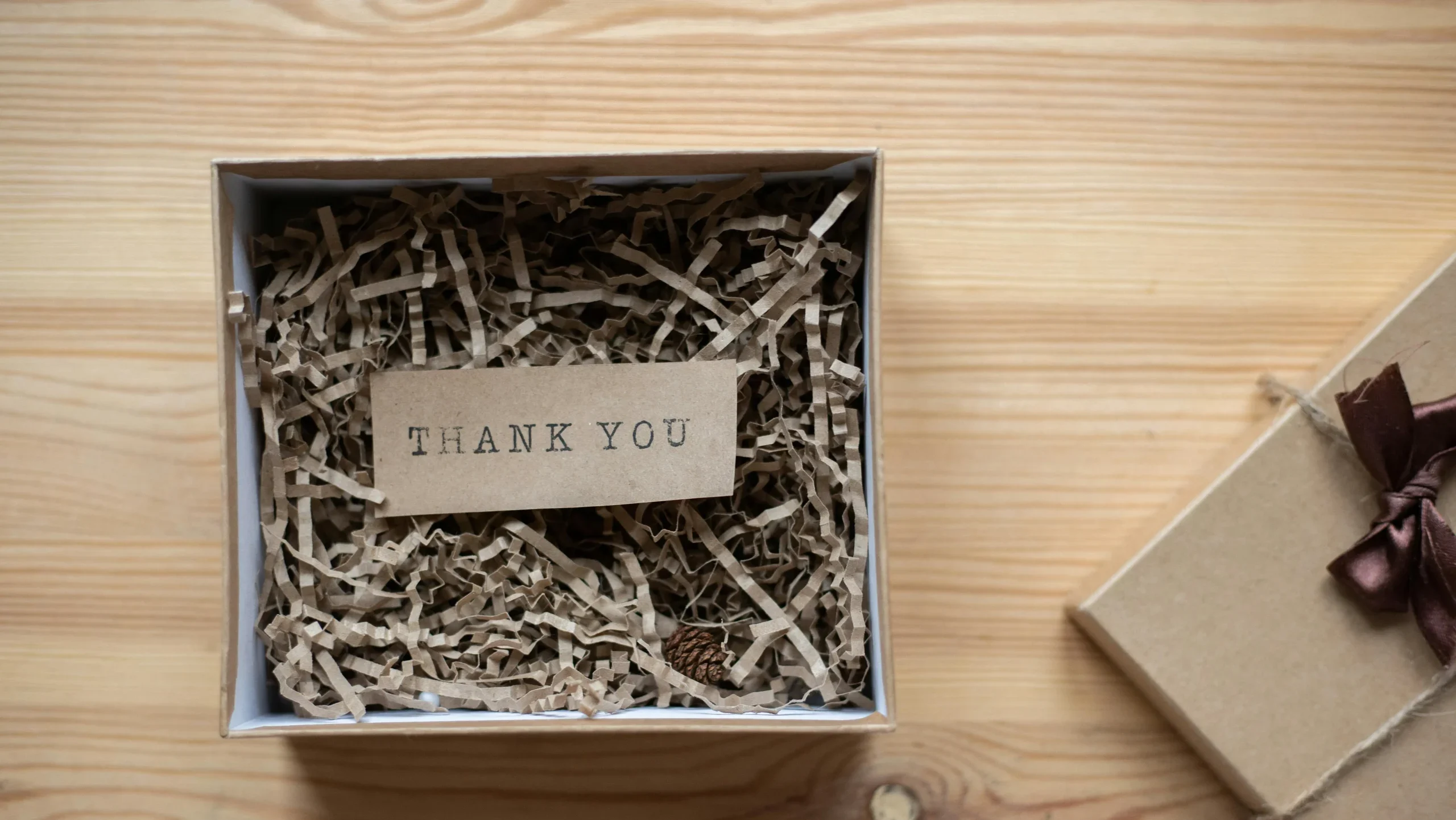
Jewelry is often viewed as a symbol of luxury. The packaging it comes in contributes significantly to waste. Each year the jewelry sector produces, around 50 million tons of packaging waste. Recently there has been a shift towards recycled jewelry packaging practices in various industries, including jewelry. To enhance your sustainability efforts consider incorporating materials… Continue reading Essential Custom Jewelry Packaging Terms You Need to Know
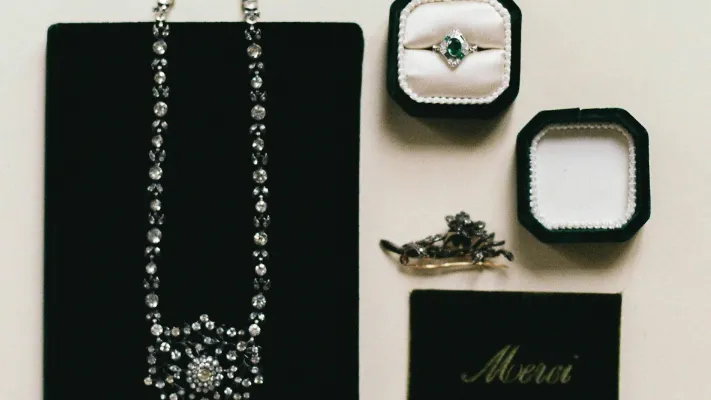
The material you choose for your jewelry boxes is a statement of your brand’s identity. Whether you prioritize luxury, sustainability, or durability, the right material can elevate your brand and resonate with your customers. In this article, we will analyze the pros and cons of different materials for jewelry boxes in detail. And this guide… Continue reading Essential Custom Jewelry Packaging Terms You Need to Know
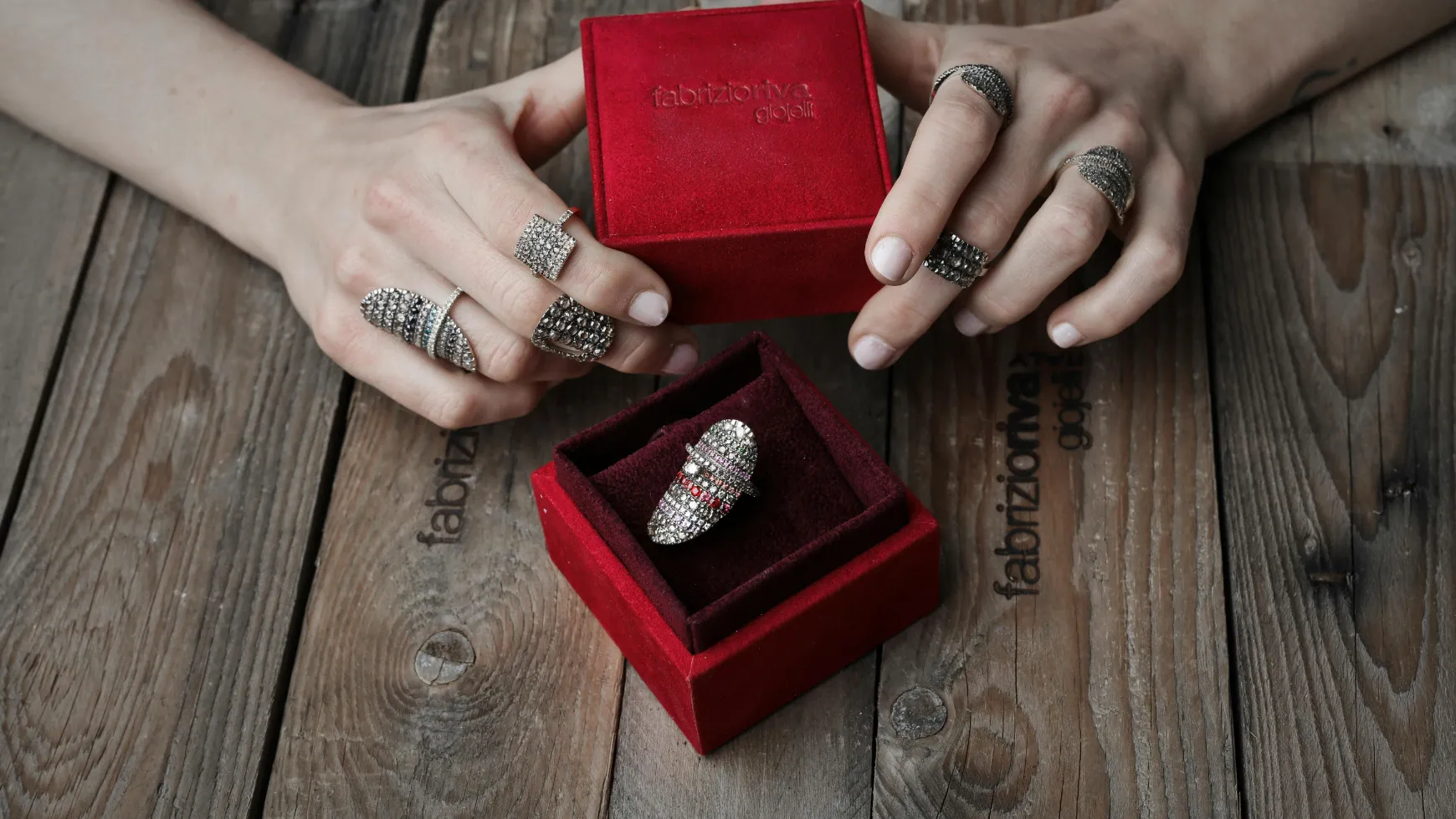
Did you know that your jewelry’s packaging could be the key to its market success? Effective packaging not only safeguards your pieces but also elevates your brand’s visual appeal, making it more memorable and desirable to consumers. Therefore, selecting appropriate packaging solutions for your brand and business are critical elements to its success. In this… Continue reading Essential Custom Jewelry Packaging Terms You Need to Know
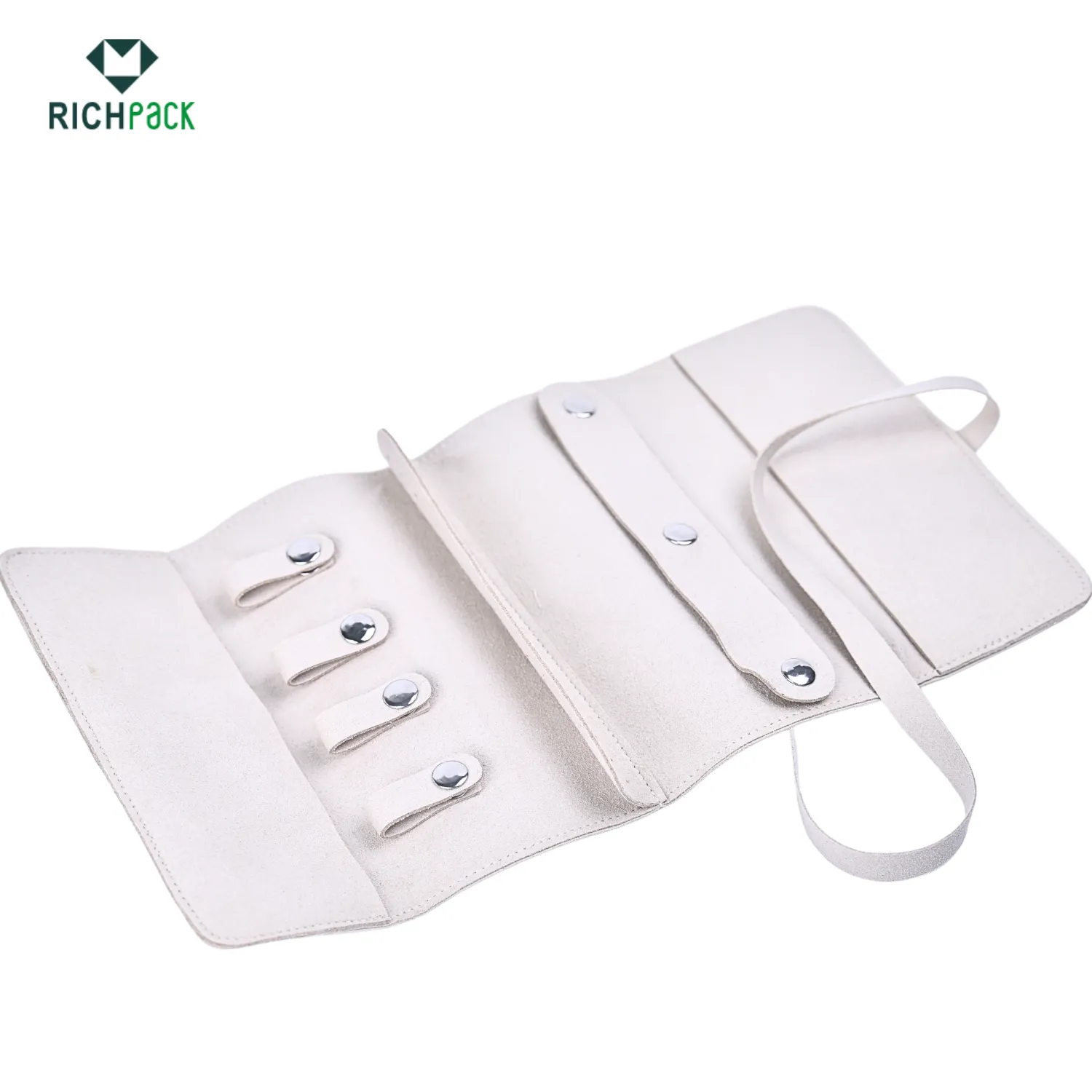
Convenient Lightweight Portable Jewelry Pouches | Travel-Friendly Packaging for Jewelry Businesses Needing Secure and Easy-to-Carry Storage
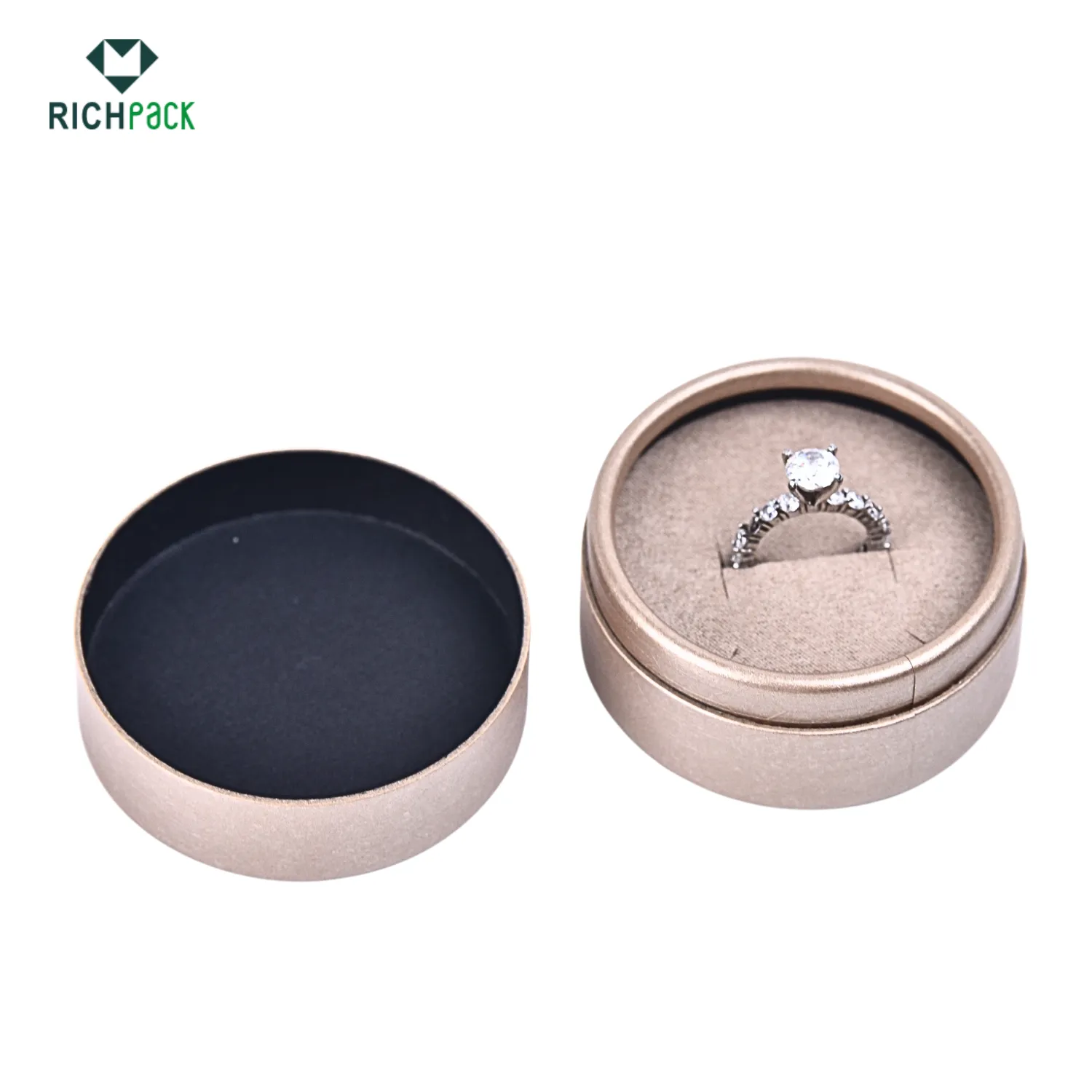
Compostable Paper Gift Boxes with Custom Branding | Eco-Friendly Packaging for Conscious Brands Sustainable Solutions from Richpack
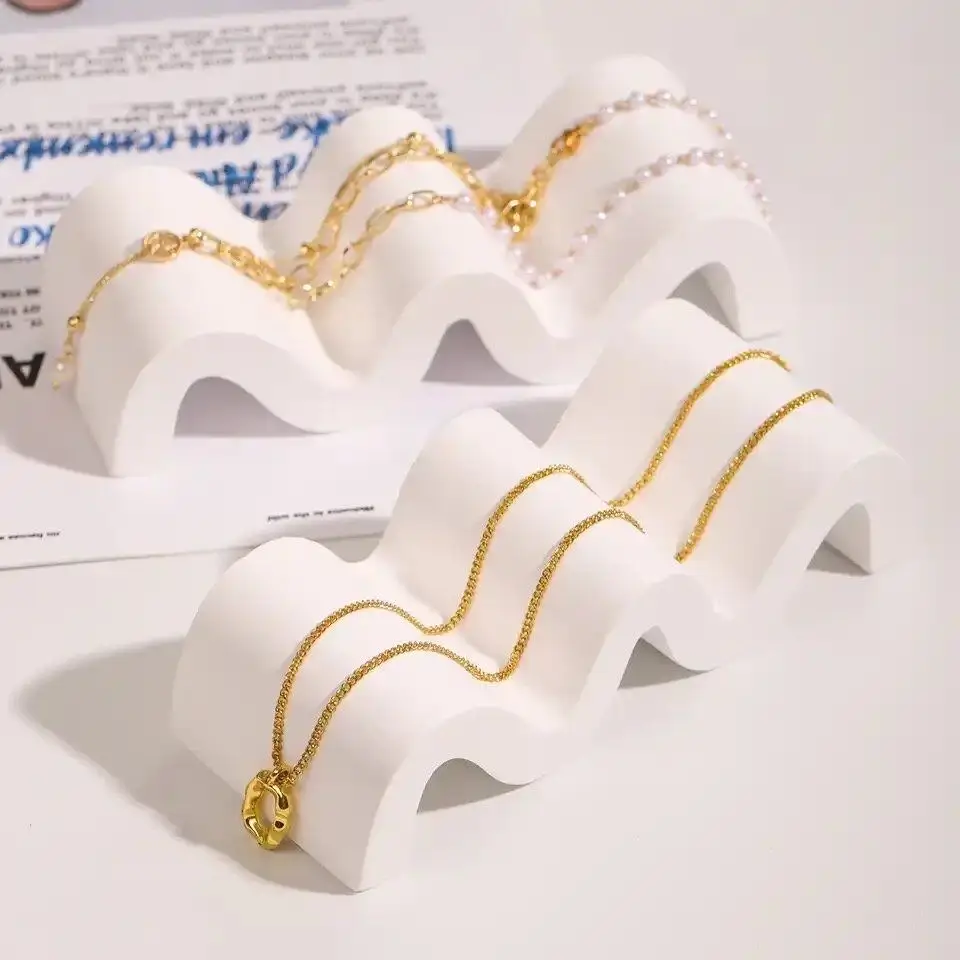
Creative Jewelry Display Ideas by Richpack for Stunning Presentations | Unique Necklace Display Ideas for Jewelry Retail and Luxury Brands

Reliable Jewelry Store Supplies for Retail Display and Packaging | Trusted Wholesale Jewelry Supply Co for Custom Solutions
View More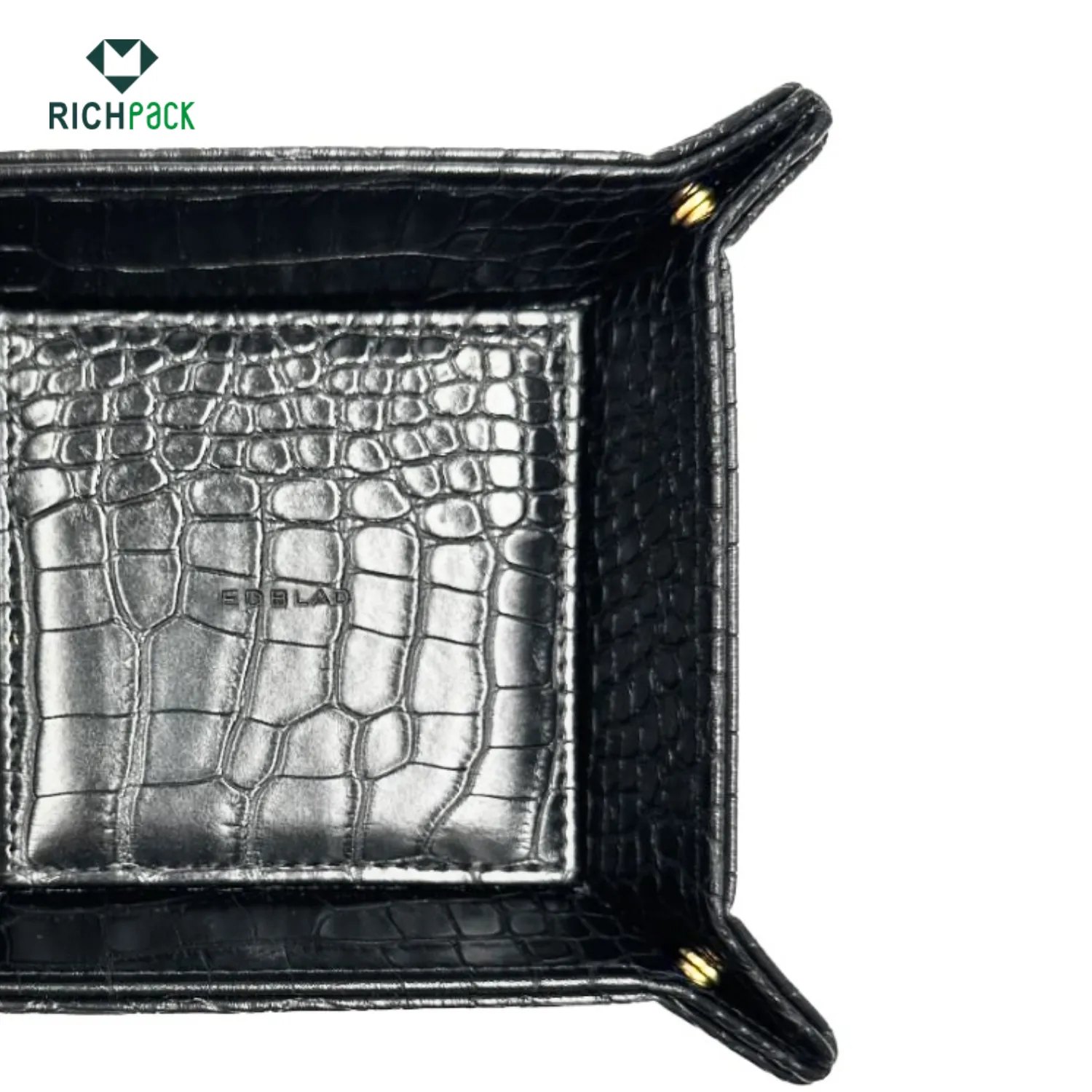
Special Counter Good Quality black custom color size stackable Leather Jewelry Tray display For Jewelry Showcase Window
View More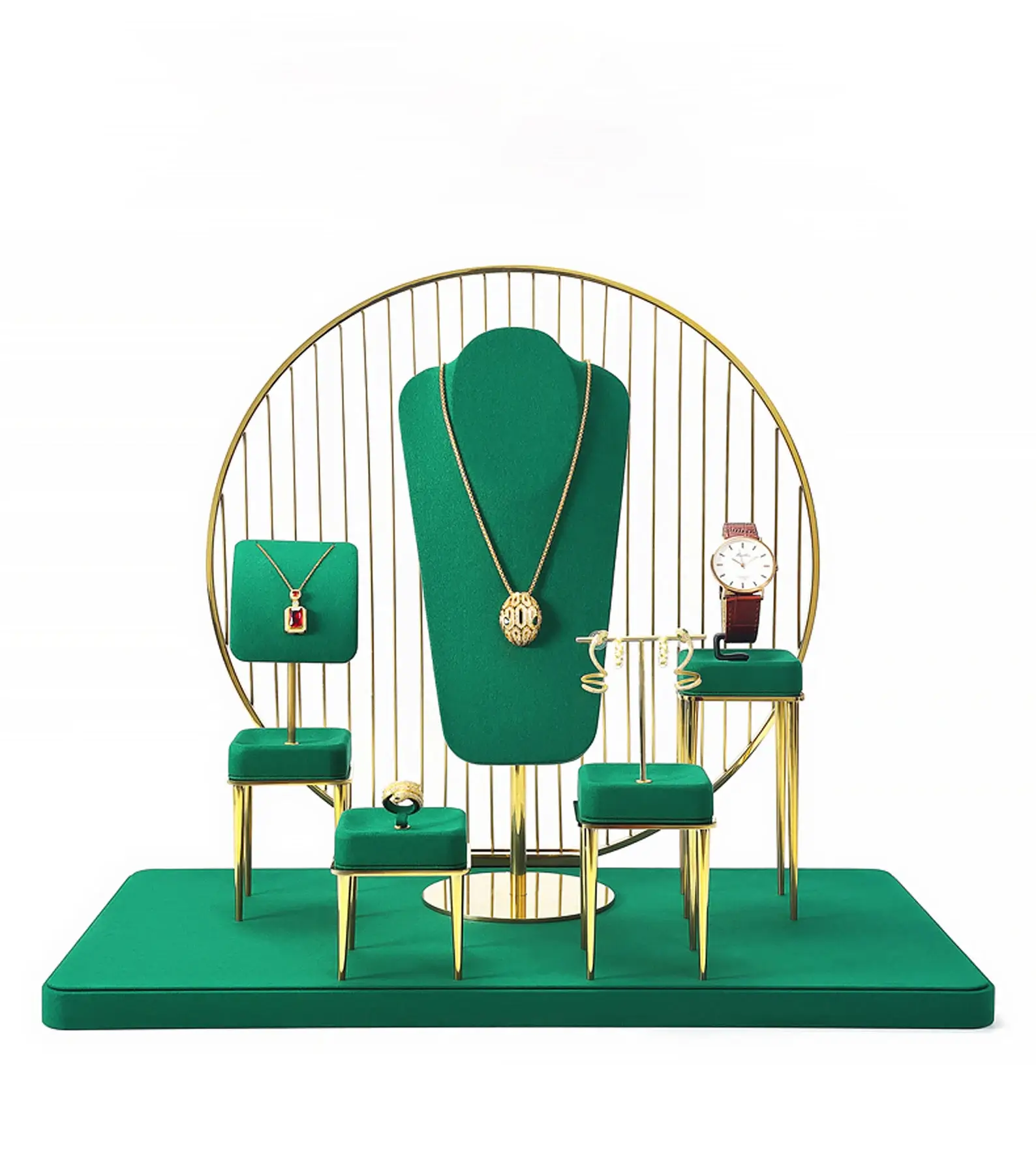
Affordable Bulk Jewelry Display Stands for Wholesalers | Perfect for Large-Scale Suppliers Looking for Reliable and Cost-Effective Jewelry Display Solutions
View MoreJust submit your email to get exclusive offers (reply within 12 hours)